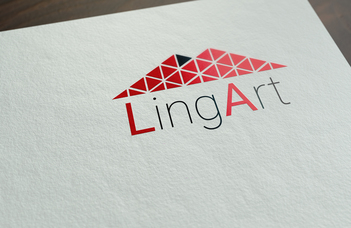MTA-ELTE Momentum Lingual Articulation Research Group
MTA-ELTE Momentum Lingual Articulation Research Group

The main goal of the research group is to analyze the coarticulatory effects that occur in the articulation of individual speech sounds in Hungarian.
Coarticulation is a natural phenomenon in continuous speech, meaning the temporal overlap of movements of the speech organs due to the articulation of successive speech sounds. The tongue is an organ capable of multiple types of articulatory movements on its own, which is why we distinguish, for example, the roles of the tongue tip, tongue blade, and tongue dorsum in articulation. Movements of different parts of the tongue can overlap with each other in time, as well as with the movements and functioning of other speech organs (e.g., lips, jaw, vocal folds).
Linguistic coarticulation, that is, the coarticulatory behavior of the tongue, can therefore be examined from several perspectives.
The research group operated between 2016 and 2021 with funding from the MTA Lendület project.
This is the research group’s own website.

